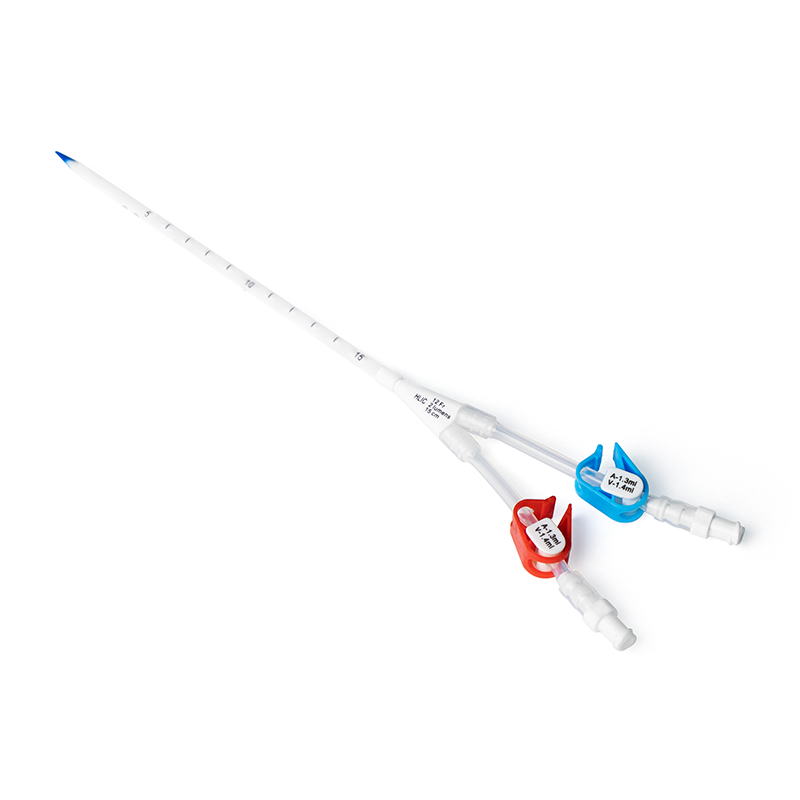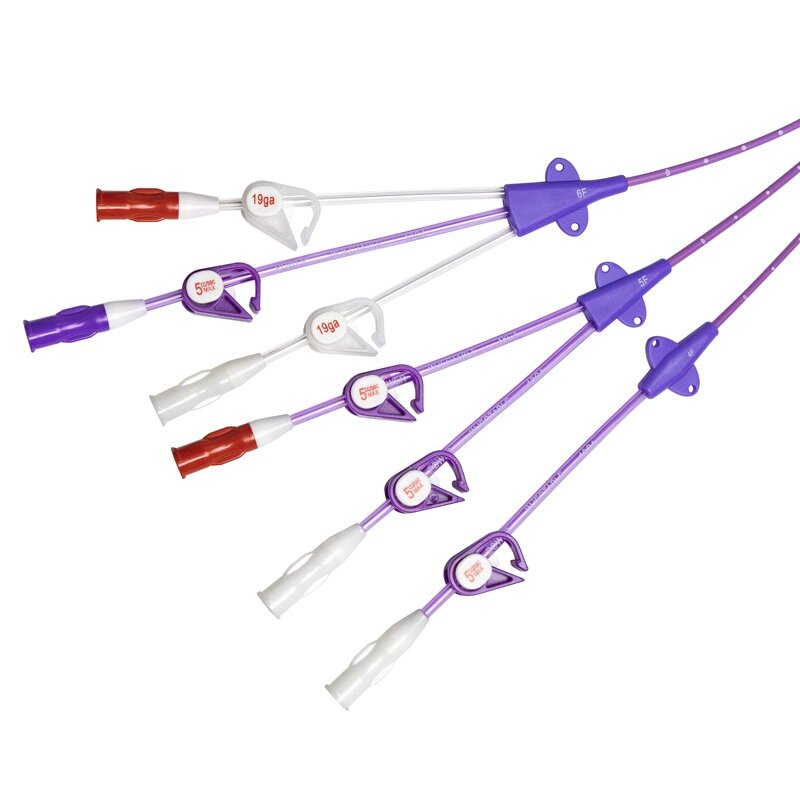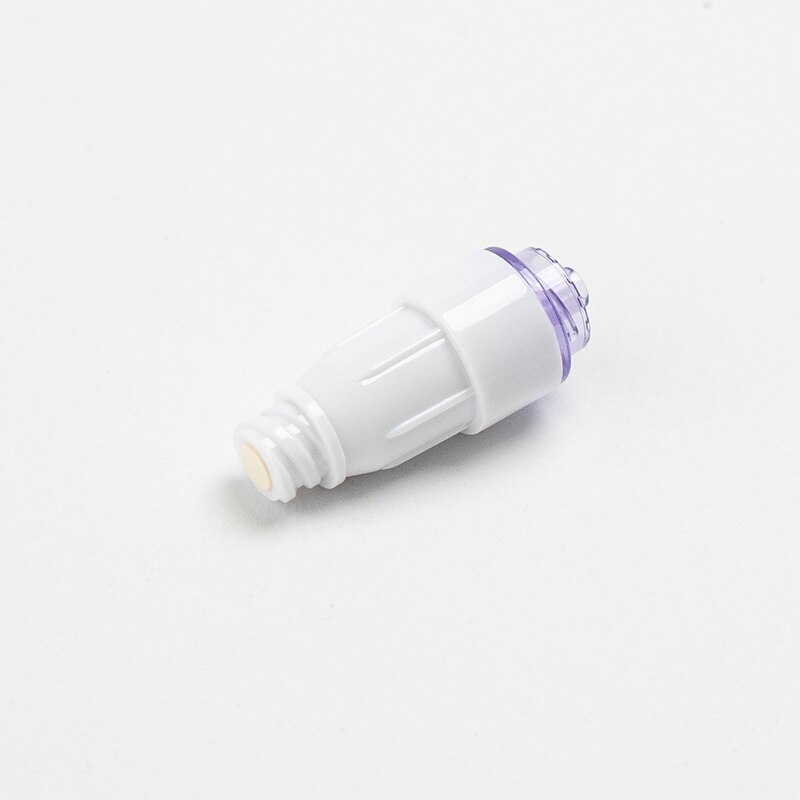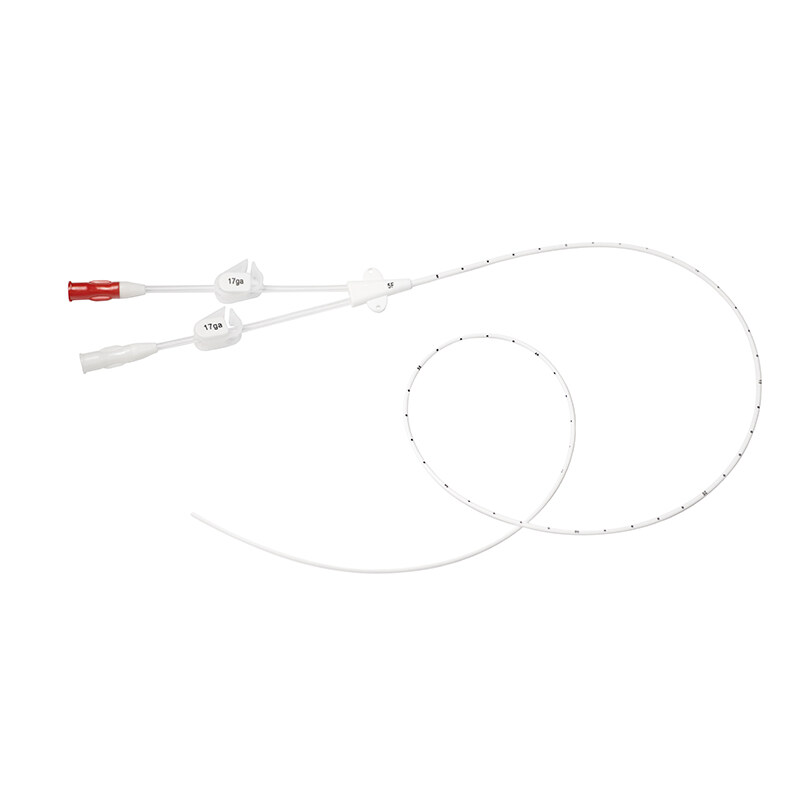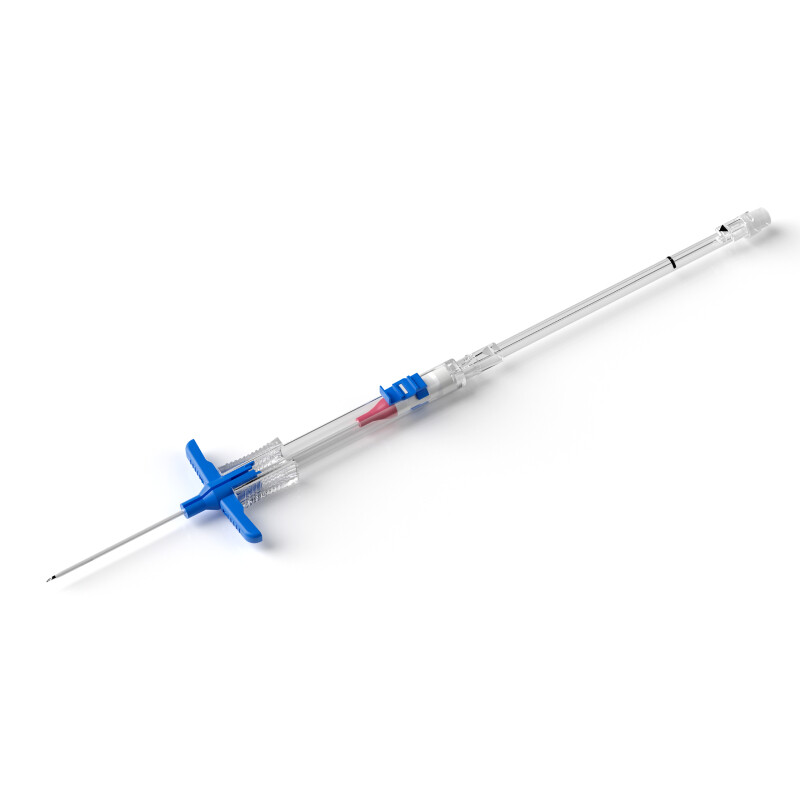
Advantages of Simulation in Ultrasound-Guided Midline Catheter Placement Training: Midline-in-Sim Pilot Study
Journal: Journal of Vascular Access
Publication Date: 2024
Objective: The study aims to evaluate the impact of simulation training on inexperienced individuals performing midline catheter placement.
Methods: A single-center prospective observational study was conducted on individuals with no prior experience in midline catheter placement, divided into groups that successfully completed the simulation training and those that did not.
Results: The group that successfully completed the simulation training performed better in theoretical scores, catheter placement time, and number of attempts compared to the group that did not.
Conclusion: This ultrasound-guided simulation training program for midline catheter placement is an agile and rapid alternative to traditional bedside training for novice practitioners.
Study Background
Midline catheters are a common vascular access method, typically used for medium to short-term intravenous therapy and for patients who do not require central venous catheterization. However, placing Midlines requires extensive theoretical knowledge and technical training, including proficiency in ultrasound guidance.
To quickly master the technique of Midline placement, medical simulation has become a solution, enhancing the technical skills, theoretical knowledge, and behavioral performance of healthcare professionals.
Objective
The study aims to evaluate the effectiveness and feasibility of using simulation for Midline placement training, as well as participants' compliance and retention of theoretical and practical skills.
Methods
Study Design: A single-center prospective observational study on anesthesiologists with no prior experience in midline catheter placement.
Study Location: Conducted in collaboration between a hospital and a university education center.
Participants: Anesthesia interns with no experience in ultrasound-guided midline catheter placement, taught by a team including an experienced anesthesiologist and an anesthesiology teacher with theoretical and clinical background.
Tools: Ultrasound machine, 4Fr×20cm midline catheter, puncture model.
Content: Includes basics of vascular access, introduction to different types of vascular access, various puncture techniques (OTN, AST, MST, etc.), configuration and placement steps of midline catheters, routine care, and prevention of complications.
Phases: In the first workshop, participants received theoretical courses and live demonstrations; in the second workshop, they practiced independently and completed questionnaires.
Trial: Participants were divided into two groups, one practicing between the two workshops and the other not.
Main Observational Data: Completion time and number of puncture attempts.
Results
21 novice practitioners met the inclusion criteria:
19 completed both workshop phases, 16 successfully practiced (Midline placement simulated on models), 3 did not.
6 had the opportunity to practice Midline placement between workshops, 13 did not.
Median theoretical memory score: 14.6.
Novices who did not successfully complete Midline placement in simulation had significantly higher placement times (median placement times of 12.23 min vs. 6.66 min).
Novices who did not successfully complete Midline placement in simulation had significantly higher puncture attempts, with 67% requiring three attempts.
All novice practitioners found this training model effective and repeatable for learning Midline placement.
Conclusion
This training model is efficient and effective, enabling beginners to learn how to safely place catheters. The training can be repeated on models, avoiding puncture pressure on patients and operators, allowing repeated practice of unfamiliar steps, and facilitating learning. Therefore, simulation training is a rapid and agile alternative to traditional bedside training.

